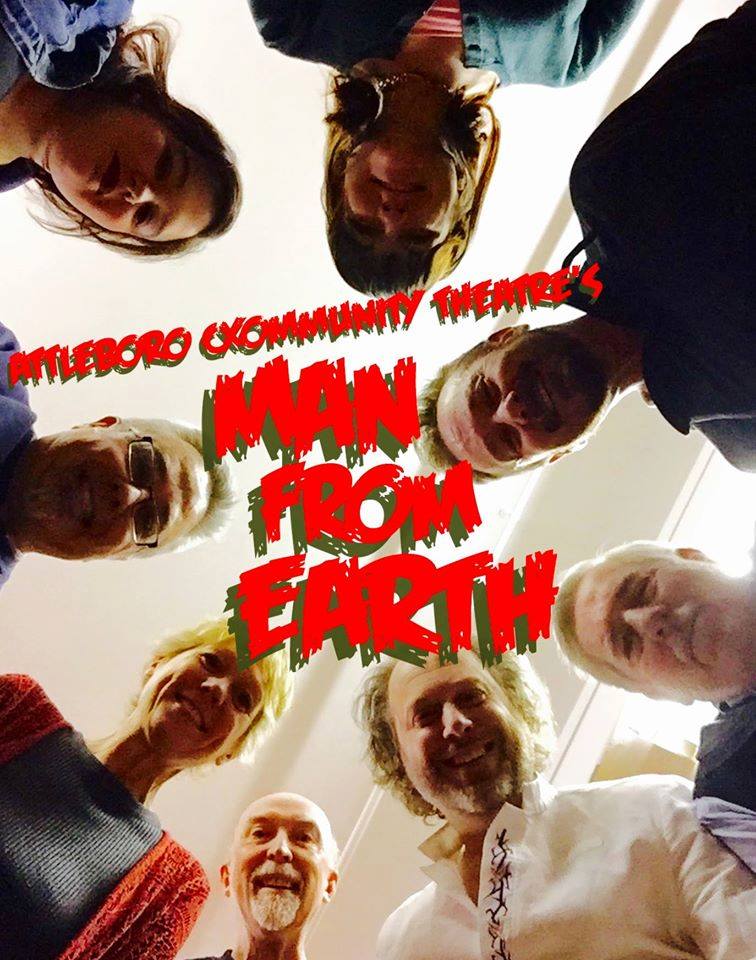GMOs: Guide for the Perplexed
[See main article: motifri.com/gmofood] Surprisingly, the first and hardest problem of talking about genetically modified organisms (GMOs) is defining them. Advanced biotechnology since the 1990s makes possible direct modification of […]





